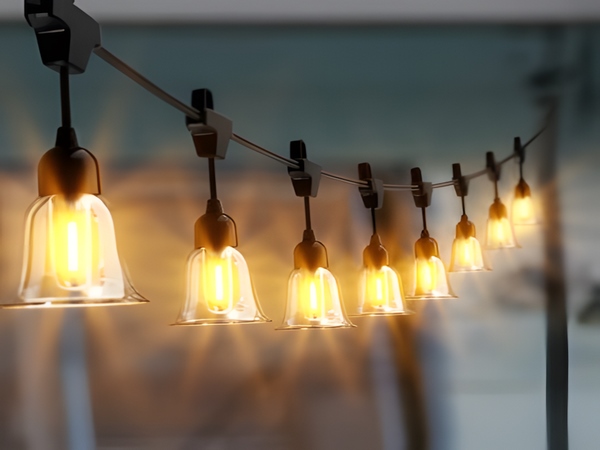

How to dissipate heat? Nowadays, many streetlights are made with LED fixtures, which are popular due to the remarkable characteristics of LEDs. But how exactly do LED fixtures dissipate heat? What should we pay attention to during the installation process? Let’s take a look together.
Most LED streetlights now adopt a design where the casing and heat sink are integrated to resolve the heat dissipation issue effectively. Typically, materials such as aluminum or alloys, as well as copper or other thermally conductive alloys, are used as raw materials.
There are various methods for heat dissipation, including natural convection, forced air cooling, and jet cooling, which are some of the more common techniques. We can choose the appropriate heat dissipation method based on the actual usage of the LED streetlight.
Of course, different heating methods will have varying costs for the fixtures, so when choosing a heat dissipation method, we should still consider the product design characteristics to select the most suitable method.

Currently, most LED fixtures designed in our country are assembled using a series-parallel configuration, which results in poor heat dissipation and makes it difficult to produce high-quality fixtures. Additionally, there are two types of encapsulation materials for LED fixtures: epoxy resin and silicone. The former has poor aging resistance and temperature tolerance, so when selecting, we should pay attention to their characteristics and choose according to our actual needs.
When it comes to installing LED streetlights, it is advisable to conduct a comprehensive inspection of various equipment, including wires and fixtures. For temporary power repairs, safety measures should be taken to prevent electric shock.



